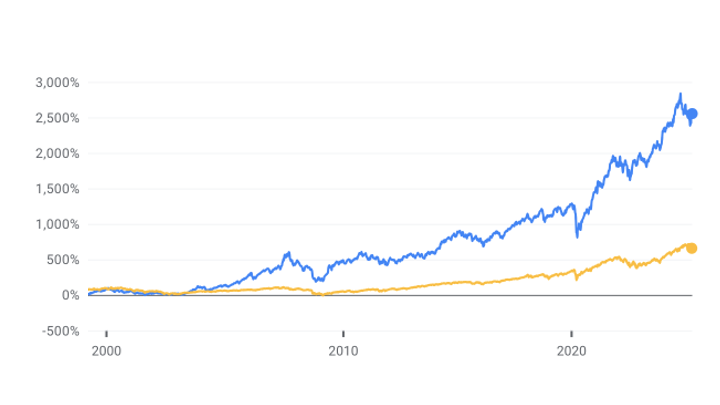Why India
The constitution of India guarantees the right to property and freedom of trade. These guarantees are strengthened by the country’s democratic political framework and good record of self-governance, save one bad episode since independence. A long-term investor can build a portfolio of assets in such an environment without worrying about foundational issues.
India’s labour pool is second only to China’s in size. The International Monetary Fund has projected that India will remain one of the fastest growing large economies in the world. India has many great companies and a growing class of top-notch entrepreneurs.
However, India is under-appreciated as an investment destination by the rest of the world. Even within India, the marketable securities asset class is largely ignored as a long-term investment option. There are historical, structural and technical reasons for this state of affairs, but for anyone willing to somehow overcome the hurdles, opportunities abound. The fundamental drivers of returns are as solid as those in any other country of comparable size and maturity.
Economic theory suggests that India, because it has less capital per worker than richer countries do, must necessarily offer better returns on capital and therefore attract much more capital from developed countries than it does. India’s capital scarcity is partly due to many Indians not deploying their savings towards productive assets, instead buying gold and low-yield real estate assets. In 1990, Nobel laureate in Economics Robert Lucas published a paper in which he showed that capital deployed in India should have been theoretically earning 58 times more than the same capital deployed in the United States. One can’t be sure what that number would be today but in all likelihood it’s still much larger than 1 even after adjusting for all the structural and technical barriers that exist (there is, of course, no mathematical formula for the adjustment; the real world is far too complex for that). Empirically, we can compare historical returns in the two countries by looking at the two major stock market indexes of India and America (the NIFTY and the S&P500, respectively). The graph below shows data for 15+ years, approximately from the point at which the NIFTY index began to be calculated. This chart doesn’t adjust for rupee depreciation but even so, the results are clear as daylight: India offers superior returns on capital. Period.

Sure, there are many barriers to investing in India. Domestic investors must be careful about predatory selling by agents and brokers. The investment advisory landscape is nascent, with conflicts of interest galore. Public confidence about the stock market as a proper investment option for their hard-earned money isn’t near where it should be.
Foreign investors must deal with Indo-byzantine red tape. Practically no one from abroad invests directly into the market by opening his or her own brokerage account. It is difficult or impractical for a money manager to pool funds, from Indian and foreign investors, into one vehicle in India that could invest into the Indian markets. Indian taxation with respect to capital gains earned by foreign entities is a grey area that can leave you black and blue. Some of India’s double taxation avoidance agreements do not cover capital gains. India’s position in the World Bank’s “Ease of Doing Business” country rankings has only recently moved up into the top 100 after being much lower for many years. So here are some reasons why you should work through all of the hurdles: The major stock markets in India are world-class institutions that are run by cutting edge software systems and good management. The securities market regulator is strong and feared. There is a relatively independent central bank. The good Indian companies and entrepreneurs are second to none. There is plenty of headroom for the economy to grow at a fast clip in the foreseeable future. It is relatively painless to stay educated and informed about what’s going on in the capital markets through publicly disclosed information. Investors have recourse to the slow but deliberate judicial system that is based on the English common law system, which is acknowledged by many as the best system for investor protection. For domestic investors, and some foreign investors, capital gains on marketable securities held for more than one year enjoy preferential tax rates.
In conclusion, whether you are an Indian or a foreign investor, if you can find a competent, trustworthy fund manager, your money will work very hard for you in India. If you are a foreigner, it is important to have a local manager in a country where the culture and business landscape are very different. If you’re a domestic investor with a horizon of more than a few years, try to allocate as many of your resources as possible to securities (primarily equity) because this asset class will be, as it always has been, on average, among the highest yielding over the long term.